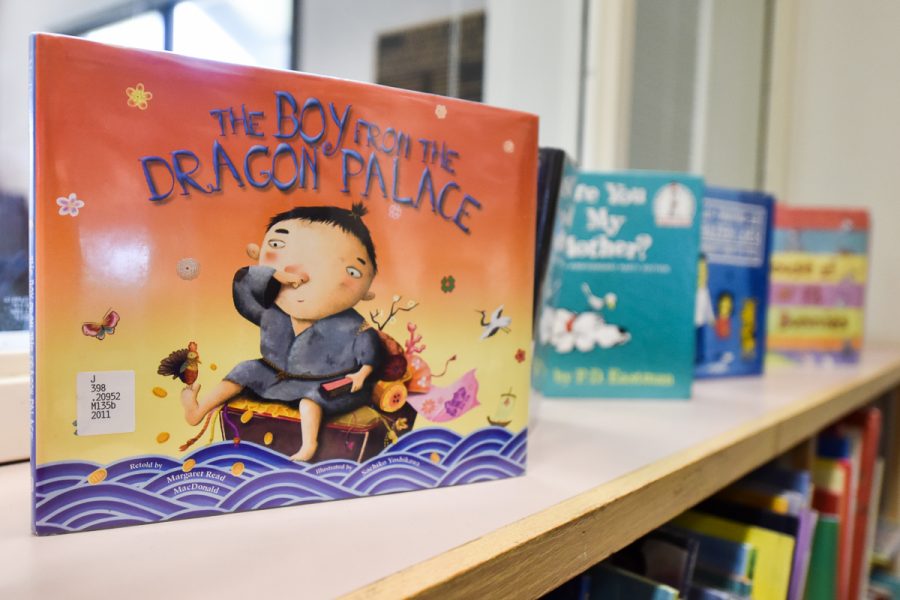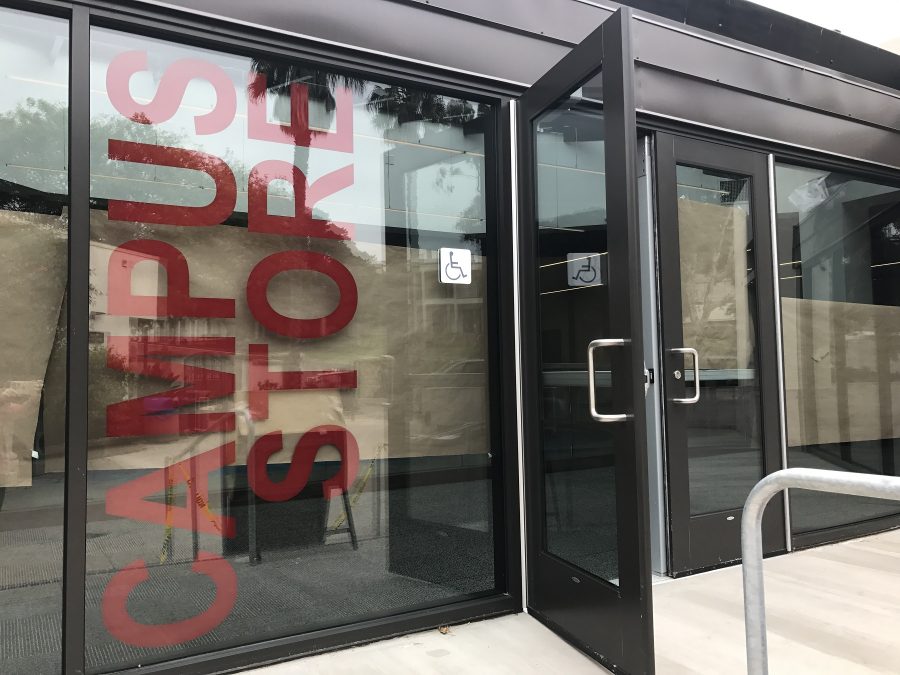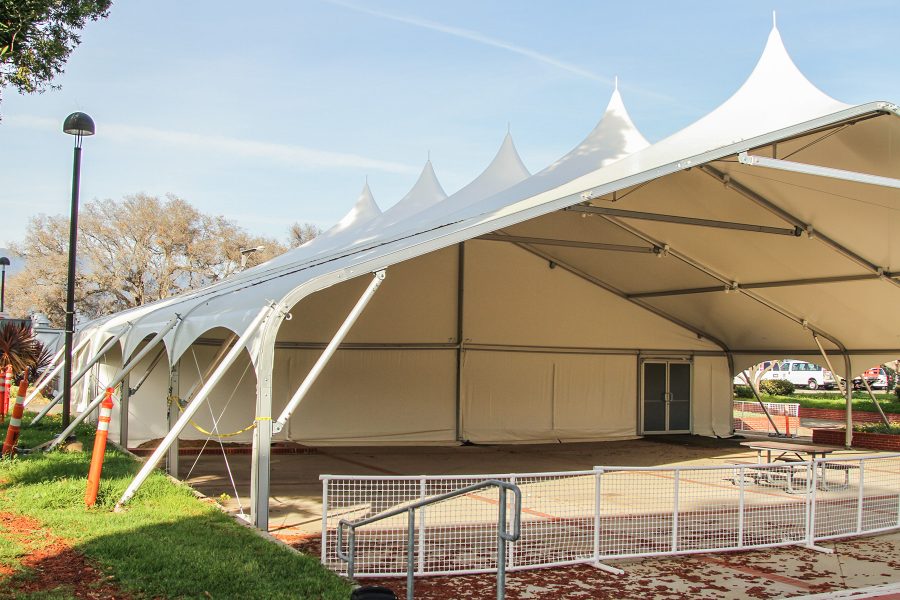Images of “tree-stars,” “earth shakes,” and “the Great Valley,” from “The Land Before Time” tend re-awaken an intrinsic, child-like fascination with dinosaurs.
To nourish our inner Spike, City College is again offering “Dinosaurs,” a class that uses the scientific method to investigate the rise and fall of these ancestral “terrible lizards.” This is only the second time the class has been offered.
“If the universities can teach this as a freshman course, we can teach it,” said Professor Robert Gray, who is teaching the class. Universities like UCSB, UCLA, and UC Berkeley were among the first to offer dinosaur classes in 1998, Gray said. He added that City College has a good fossil collection.
The bone collection was partly built from donations, but Gray dug up some of the bones himself a few years ago at Vandenberg Air Force Base.
“That femur is as tall as I am,” he said, pointing to a dinosaur thighbone on a shelf. The Department of Earth and Planetary Sciences also has a Tyrannosaurus Rex foot, dinosaur eggs, saber-toothed cat skulls and mammoth bones.
A collection of small dinosaur fossils was donated after a fire destroyed the information about the fossils. The bones could no longer be used for a scientific purpose, but could be used for education, Gray said.
Eileen Bernard, a Geology major, is one of Gray’s students. She took this class because she has always been interested in dinosaurs and wanted to learn more. Philip Lindner is another student who is taking the class.
“He’s awesome,” Lindner said. “He knows so much that you just want to learn more.”
Gray received a national award last year that recognized him as an outstanding Earth Science educator. He believes that a good teacher has a “consuming passion for the subject.” He said a teacher should also have the ability to allow students to raise their levels.
“I continued my interest for fossil bones here at SBCC,” Gray said. After he received his doctorate in Paleontology from theUniversity of Arizona in 1965, he wanted to continue digging for fossils.
Raptors, which make up the family Dromaeosauridae, are Gray’s favorite dinosaurs. They were small to medium-sized, feathered carnivores that flourished in the Cretaceous Period. He is especially fond of the genus Deinonychus, which he said evolved into the birds we have today.
“It looked like a small ostrich,” Gray said, adding, “Birds are avian dinosaurs.” The professor pointed to similarities between drawings of different skeletons and explained how this species evolved so it could fly.
“The dinosaur foot looked like a bird foot,” he explained.
There are at least five theories that explain why dinosaurs became extinct, according to Gray. One of the most popular is that an asteroid hit the earth. He said the problem with that theory is that it doesn’t explain how one bad day could drive a group of animals that had been around for so long to extinction, along with 75 percent of all other animals.






